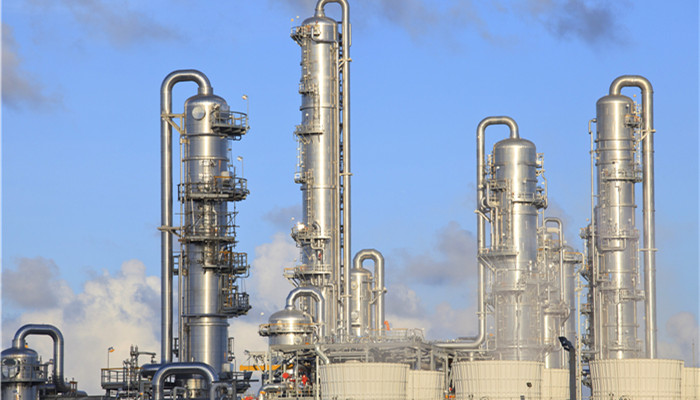
Third-generation fluorine refrigerant is the mainstream refrigerant in the market, and future capacity expansion will be limited.
Third-generation fluorine refrigerants mainly refer to hydrofluorocarbons (HFCs) products, including R134a, R125, R32, R410a and other products. Third-generation fluorine refrigerants will not affect the ozone layer and are currently mainstream products in the market. Due to the high production costs and technical difficulties of fourth-generation fluorine refrigerants, third-generation fluorine refrigerants will remain mainstream for a long time in the future, and market development The space is wider.
Refrigerant refers to a substance that continuously circulates in a refrigeration system and changes its physical state to achieve the refrigeration effect of objects. Fluorine refrigerants are the mainstream refrigerant products in the world. At present, fluorine refrigerants have undergone four generations of updates. Among them, the first generation fluorine refrigerants have been eliminated by the market, the use of second generation fluorine refrigerants is in the reduction stage, and the third generation fluorine refrigerants are accelerating to replace the second generation. Fluorine refrigerants have become the mainstream refrigerants in the market, and fourth-generation fluorine refrigerants have not yet been widely used.
At present, third-generation fluorine refrigerants have been widely used in Europe and the United States. In contrast, my country’s third-generation fluorine refrigerant market started late and has a large market development space. From 2020 to 2022, my country is in the baseline setting stage for third-generation fluorine refrigerants. Domestic companies compete fiercely to seize quotas. The price war has led to oversupply in the third-generation fluorine refrigerant market. The profits of R125, R134a and other products are at a low level, and some products are at a loss. However, as the HFC baseline year comes to an end, the production capacity expansion of my country’s third-generation fluorine refrigerant industry will be restricted.
According to the “2023-2028 China’s third-generation fluorine refrigerant industry market in-depth research and development prospect forecast report released by the Industrial Research Center , my country is a major refrigerant production country, and the output, consumption, and export volume of the third-generation fluorine refrigerant industry are at the world’s leading level. Specifically, as of September 2022, my country’s R125 and R134a industry production capacity has reached 340,000 tons, 33.4 Thousands of tons. The market concentration of third-generation fluorine refrigerants is relatively high, and relevant suppliers mainly include Dongyue Group, Sanmei Co., Ltd., Juhua Co., Ltd., Sinochem Taicang, etc.
The application fields of third-generation fluorine refrigerants are constantly expanding, involving household air conditioners, vehicle air conditioners, refrigerators, freezers and other scenarios. Currently, air conditioners are the main application scenarios of third-generation fluorine refrigerants, accounting for about 70% in 2021. In recent years, thanks to the improvement of residents’ living standards, my country’s household air conditioner production has continued to grow, with production from January to October 2022 being approximately 190 million units. The continued increase in air-conditioning production will provide broad demand for the development of the third-generation fluorine refrigerant market.
Industry analysts said that with the development of the market and increasingly strict environmental protection supervision, third-generation fluorine refrigerants have gradually replaced second-generation fluorine refrigerants. It has become a mainstream product in the market and will remain a mainstream product for a long time to come. The market demand for third-generation fluorine refrigerants is large, but under the background of carbon peak and carbon neutrality, the supply side of third-generation fluorine refrigerants will be restricted, and the market price is expected to reach a new high.

 微信扫一扫打赏
微信扫一扫打赏

